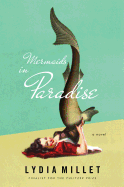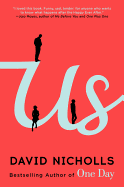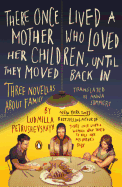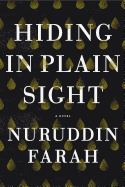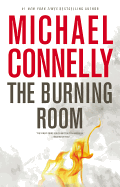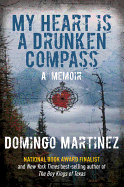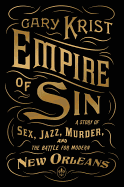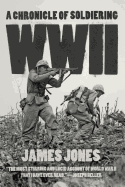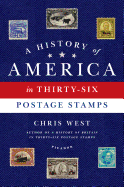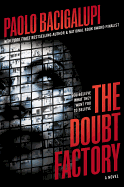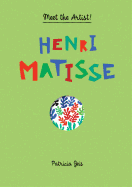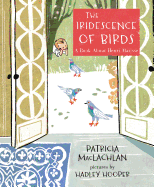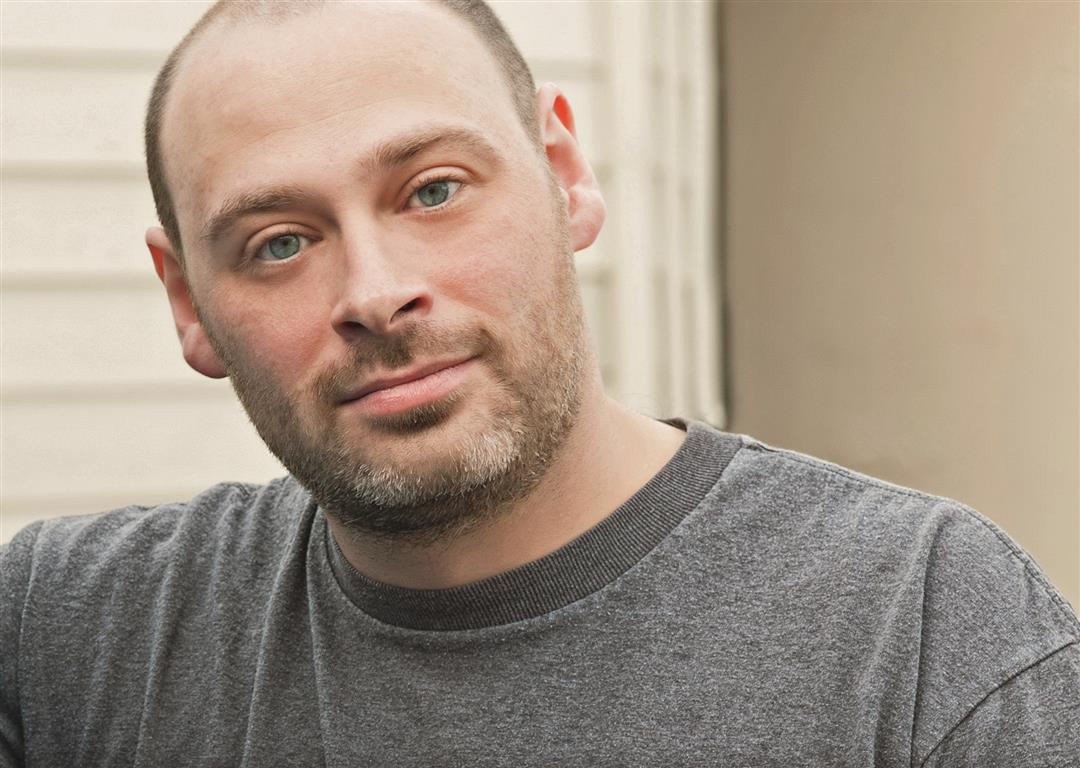 |
| photo: Diana P. Lang |
In the late 1980s, as the Cold War waned, nine-year-old Lev Golinkin and his family fled the Soviet Union along with thousands of other Jews seeking to escape persecution. They left with just 10 suitcases, $600 and the vague promise of help awaiting them in Vienna.
In Golinkin's moving, darkly comic debut memoir, A Backpack, a Bear, and Eight Crates of Vodka (Doubleday), he recalls that harrowing journey, which eventually brought him and his family to the United States. He also intertwines a second story: his quest as an adult to retrace his family's long trek, locate the strangers who aided them and, along the way, finally confront the past he had spent a lifetime suppressing.
Golinkin is a graduate of Boston College and lives in New Jersey.
A Backpack, a Bear, and Eight Crates of Vodka has to be one of the most memorable book titles.
It refers to what I had when we fled the Ukraine. Overnight, my world went from having things like an address, a kitchen, a bed, to being a blurry entity with no citizenship, no plans, no belongings, nothing to anchor me in the world. I had a backpack with a change of clothing, my teddy bear and a sizable quantity of vodka which my parents used to bribe soldiers and people at checkpoints on our way out. In many ways, I spent the next 15 years of my life in this strange state of drifting and running and being off the grid. That theme of the journey and search for belonging is present throughout the book.
 In the late 1980s, as thousands of Jews left the Soviet Union to escape rampant anti-Semitism, what was going on behind the scenes politically? How were families like yours caught in the middle of the "cat-and-mouse game between the U.S.S.R. and the West?"
In the late 1980s, as thousands of Jews left the Soviet Union to escape rampant anti-Semitism, what was going on behind the scenes politically? How were families like yours caught in the middle of the "cat-and-mouse game between the U.S.S.R. and the West?"
Any Jew able to leave the Soviet Union was a threat to the regime. It was a question of control: you can't run a dictatorship with some freedom of choice. If the Jews leave, what's stopping the Baltics and the Eastern Europeans from leaving? What's stopping the churches from asserting their independence? Because of this, the Soviet Union did everything in its power to minimize and preferably stop Jewish emigration entirely. The U.S., in turn, did everything to get as many Jews out as possible, in hopes of weakening the Soviet regime. And this wasn't just a matter of Cold War policy--the notion of a land which forbade the very existence of religion was an abomination to many in the U.S., including Ronald Reagan. I had the privilege of speaking with the ambassador to the U.S.S.R., Jack Matlock, who said that Reagan was very concerned with putting pressure on the Soviet Union to stem its persecution of religious minorities, both Jewish and Christian.
The other issue was that the internal upheavals of the late 1980s were making the situation dangerous enough for Jews to risk leaving. The U.S.S.R. was falling apart, no one knew what was going to happen and, as is always the case in times of unrest, this led to the rise of ultra-nationalist groups whose core ideology was to wipe Ukraine and Russia clean of what they saw as Jewish filth (similar groups rose in Ukraine during the current crisis). Soviet Jews were caught between two forces--the U.S. and human rights agencies trying to pull us out, combined with a rise in violence and threat of more violence in the future which pushed us to leave. The dangers of staying in an increasingly volatile and anti-Semitic country became greater than the dangers of leaving everything and placing ourselves at the mercy of the West. And so we left.
You share that you did everything you could over the years "to ignore, omit, and otherwise bury" memories of your life in the Soviet Union and your journey out of the country. What inspired you as an adult to revisit this part of your past?
My experiences at Boston College were crucial. BC showed me what I wanted: a life of meaning, a sense of belonging to something greater than myself, a desire to love and be loved. None of that was possible without first understanding myself. I had a simple choice: continue drifting with no attachment or stop pretending to be no one and try to understand my past. The time I spent volunteering with BC's tremendous social justice and immersion programs and interacting/reflecting with students and professors made it clear that I had to make some serious changes.
You write about experiences unique to you and your family, but what universals are there in your story? Do you hope that this book gives people a better understanding of the emigrant experience?
I feel it's pretty relatable. You don't need to be an ex-refugee to know what it's like to feel helpless, or trapped, or to hate what you see in the mirror. The book does cover some experiences that are unique to immigrants, or that immigrants feel more acutely than Americans--in those instances I tried to immerse the reader in order to make him or her understand. For example, at one point I realized that many Americans don't know what it's like to be crippled by a language barrier, simply because they had never experienced it, so I spent a couple of pages presenting the reader with a scenario that many immigrants encounter on a daily basis.
There were phenomena which I had assumed were specific to Soviet Jews but turned out to be applicable to other nationalities. In one chapter I talk about how Soviet immigrants to America only wrote back home about good news and omitted anything negative happening in the U.S. This unspoken censorship helped feed the stereotype that only wonderful things happen in America. After one of my friends read it, I was surprised to learn that she's heard the same thing about immigrants from Latin America.
Your parents and your sister feature prominently in A Backpack, a Bear, and Eight Crates of Vodka. How have they reacted to your writing a memoir, and to the book?
My parents are true first-generation, Old World immigrants, whereas I'm a product of both the old and new worlds, the 1.5 generation, as they call it. The book helped bridge that gap. Interviewing my parents allowed me to understand them to a much greater degree than before; conversely, reading the book helped my parents realize many things I had hidden from them when growing up. My sister's main concern is her privacy: like many immigrants, she is not interested in discussing the past. I can relate to that, having been there myself, and have changed her name in the book, per her request. --Shannon McKenna Schmidt
Lev Golinkin: Reclaiming the Past
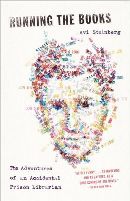




 In the late 1980s, as thousands of Jews left the Soviet Union to escape rampant anti-Semitism, what was going on behind the scenes politically? How were families like yours caught in the middle of the "cat-and-mouse game between the U.S.S.R. and the West?"
In the late 1980s, as thousands of Jews left the Soviet Union to escape rampant anti-Semitism, what was going on behind the scenes politically? How were families like yours caught in the middle of the "cat-and-mouse game between the U.S.S.R. and the West?"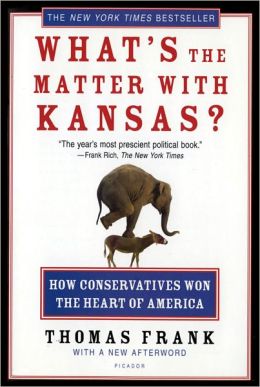 After the midterm elections, Republicans are likely still busy partying and celebrating their wins. On the other hand, Democrats might be taking a break from listening to the news and should consider reading--or re-reading--a thoughtful yet hilarious book that addresses what perplexes many Democrats: How can so many people vote for politicians who, Democrats maintain, pursue policies that go against their interests? First published in 2004, Thomas Frank's classic What's the Matter with Kansas?: How Conservatives Won the Heart of America (Holt, $17) dives right into the matter, focusing, as the title implies, on Kansas. Frank, journalist, historian, author and native of Kansas, argues that cultural solidarity among people on the right masks their many economic and class contradictions.
After the midterm elections, Republicans are likely still busy partying and celebrating their wins. On the other hand, Democrats might be taking a break from listening to the news and should consider reading--or re-reading--a thoughtful yet hilarious book that addresses what perplexes many Democrats: How can so many people vote for politicians who, Democrats maintain, pursue policies that go against their interests? First published in 2004, Thomas Frank's classic What's the Matter with Kansas?: How Conservatives Won the Heart of America (Holt, $17) dives right into the matter, focusing, as the title implies, on Kansas. Frank, journalist, historian, author and native of Kansas, argues that cultural solidarity among people on the right masks their many economic and class contradictions.